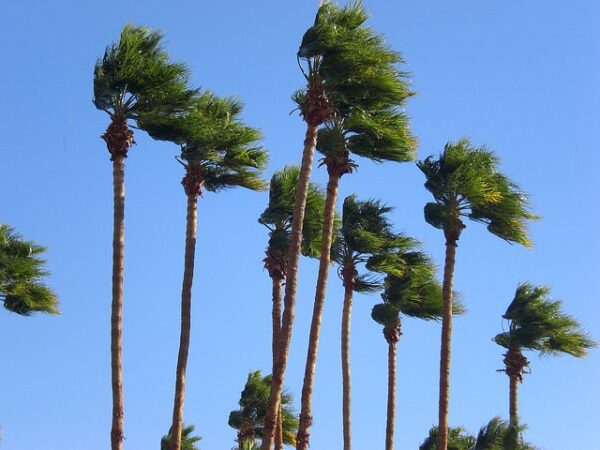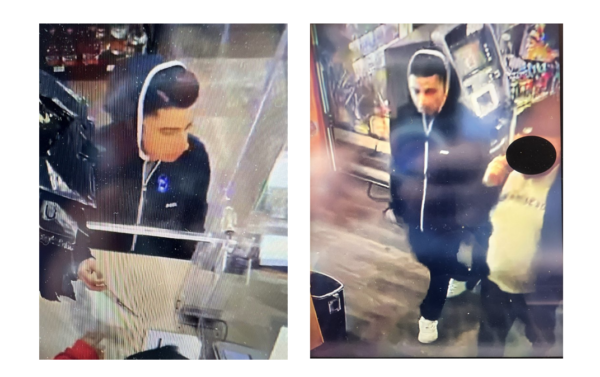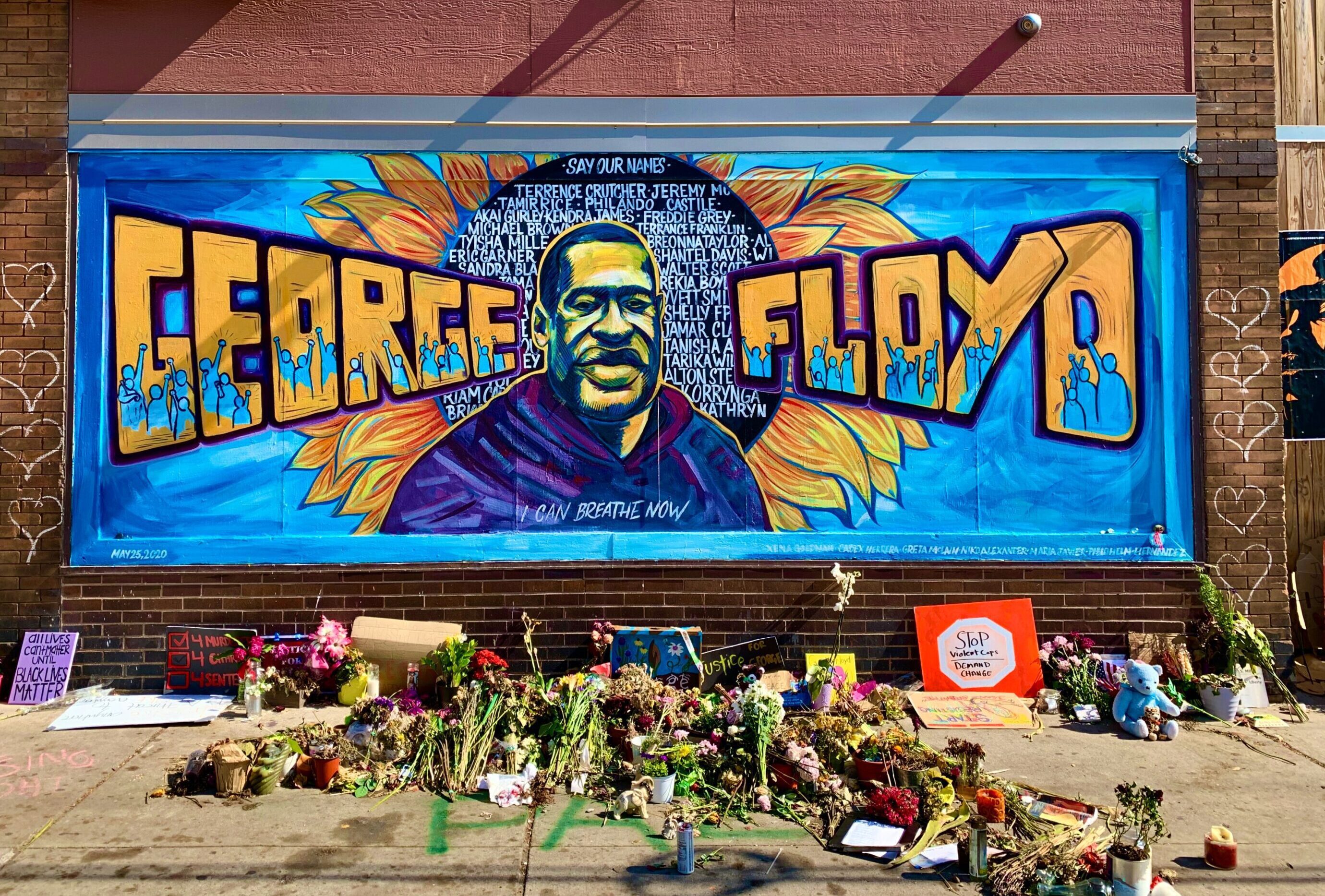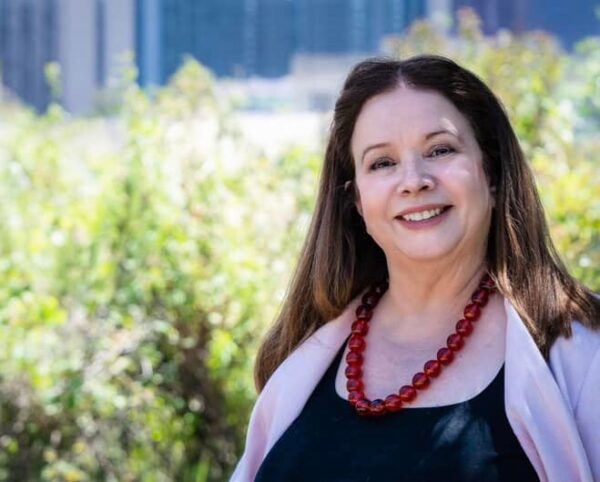The number of COVID-19-positive patients in Los Angeles County hospitals continued to rise Tuesday amid growing concerns about a possible winter surge in virus infections.
According to state figures, there were 552 COVID-positive patients hospitalized locally, up from 502 as of last Friday. Of those patients, 75 were being treated in intensive care, up from 51 on Friday.
Health officials have said previously that roughly 40% of the patients were actually admitted for COVID-related issues, while the rest were admitted for other reasons but tested positive at the hospital.
The seven-day average daily rate of people testing positive for the virus has also been slowly rising, reaching 6.5% as of Tuesday, up from 5.5% a week ago.
The county reported another 1,532 infections on Tuesday, raising the cumulative total from throughout the pandemic to 3,507,936. Another 10 COVID-related deaths were also reported Tuesday, giving the county an overall death toll of 34,072.
The actual number of current COVID infections in the county is likely higher, with many people using at-home tests without reporting the results to health officials.
County officials over the past week have been reporting increases in local COVID-19 infection rates. Public Health Director Barbara Ferrer said Thursday that the county had an average of about 1,300 new COVID cases per day last week, up from about 1,000 per day the previous week. She said the daily average case numbers have been “slowly but steadily increasing” since the beginning of November.
The rate of infections is also rising, reaching a weekly average of 86 cases per 100,000 residents as of last week, up from 65 per 100,000 residents two weeks ago, Ferrer said. If that average rises to 100 cases per 100,000 residents per week, the county will again “strongly recommend” that people wear masks indoors. Indoor mask wearing is currently only a matter of personal preference, unless an individual location or business opts to require them.
Health officials have been expressing concern about a possible winter COVID surge, mirroring similar increases seen the past two years during the winter months. They noted that cooler temperatures lead to more people spending time indoors in more crowded, less-ventilated spaces — conditions that are ripe for virus spread.







